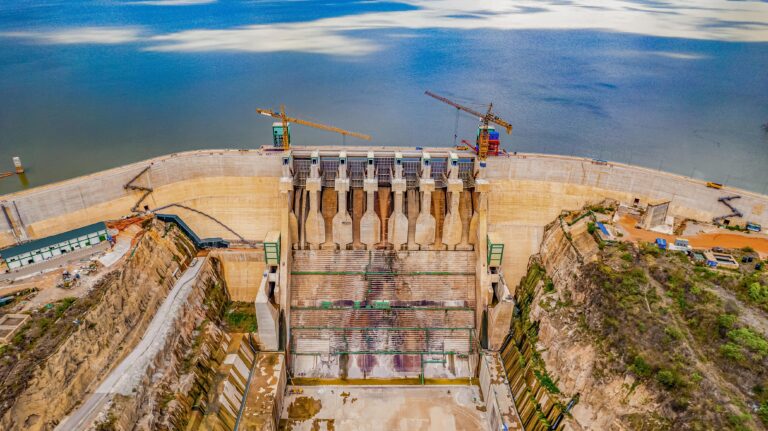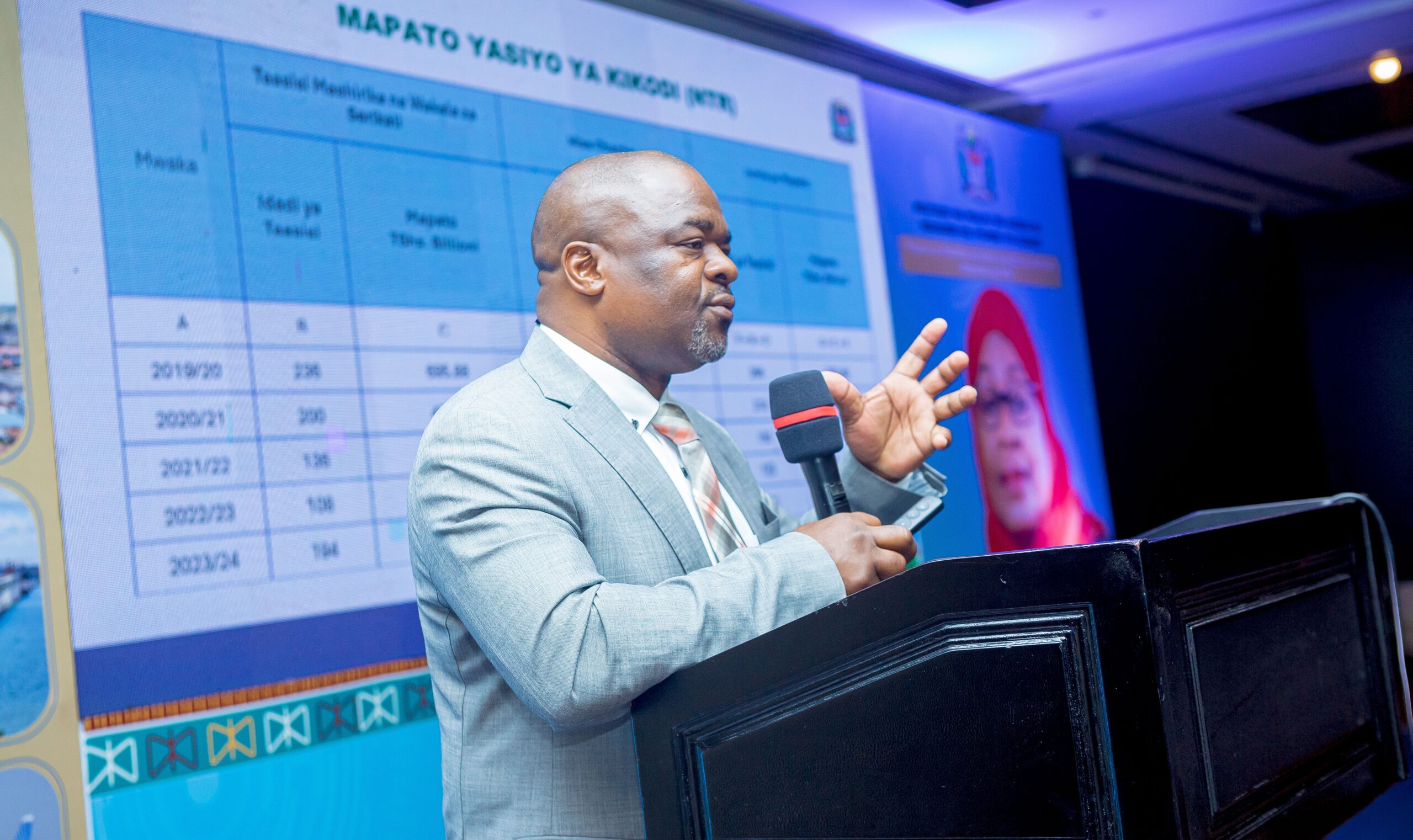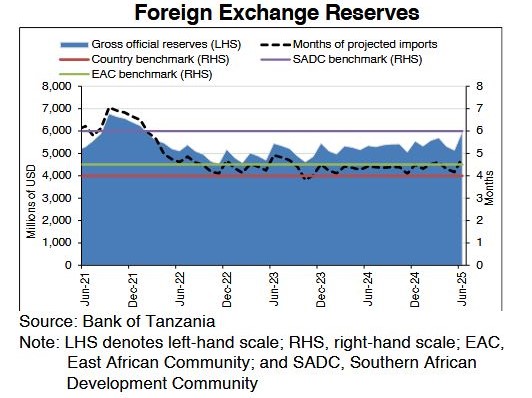Dar es Salaam. The Tanzanian government has justified its decision to import electricity from Ethiopia via Kenya, citing efforts to stabilise supply in the Northern Zone and reduce significant transmission losses despite having surplus generation capacity.
According to a statement issued on Sunday, March 9, 2025, by the Tanzania Information Services Department, Tanzania’s power generation is concentrated in the central and southeastern regions, necessitating long-distance transmission that results in energy dissipation.
The total installed capacity stands at 1,694.55MW, excluding the 2,115MW from the Julius Nyerere Hydropower Plant (JNHPP).
However, the Northern Zone faces frequent outages due to transmission inefficiencies, leading to annual losses exceeding Sh32 billion.
Benefits of Ethiopian Power
Making further clarifications the Permanent Secretary in the ministry of Energy, Felchesmi Mramba, told reporters on Monday March 10, 2025 that the importation of Ethiopian electricity does not mean that Tanzania lacks sufficient electricity.
He said the main reason is to stabilise power supply to the Northern Zone.
“This does not mean the country lacks sufficient electricity. Tanzania currently generates approximately 3,796MW, well above domestic demand. However, importing power from Ethiopia is a cost-effective way to address regional shortages,” he explained.
The arrangement involves integrating Ethiopian electricity into Kenya’s grid, which will then supply Tanzania, ensuring an optimised flow of power based on demand.
Mramba noted that this interconnection is not one-sided, as the same infrastructure can facilitate Tanzanian electricity exports when required.
“There will be times when we import power, and there will be times when we use the same transmission lines to sell electricity to neighbouring countries,” he said.
Regional energy trade and infrastructure development
Tanzania has long engaged in cross-border electricity trade to enhance grid stability.
Currently, Rukwa imports power from Zambia, Kagera from Uganda, and parts of Tanga from Kenya.
The country is also constructing a transmission line to Zambia, positioning itself to supply power to Southern African nations upon completion.
Mramba reiterated Tanzania’s commitment to the Eastern Africa Power Pool (EAPP) and the Southern African Power Pool (SAPP), which facilitate regional electricity trade.
He noted that once the Tanzania-Zambia (TAZA) interconnection is completed, surplus electricity—especially from the JNHPP—will be exported to Southern Africa.
“At present, we only generate what we need. If our national grid demand is 1,908MW, we cannot produce beyond that because the excess would go unused. However, regional energy markets will enable us to monetise surplus generation,” he added.
The government is also investing in infrastructure to strengthen its role as a regional power hub.
Efforts are underway to establish robust transmission systems that will allow Tanzania to efficiently buy and sell electricity within both the EAPP and SAPP markets, ensuring economic benefits while bolstering domestic energy security.







